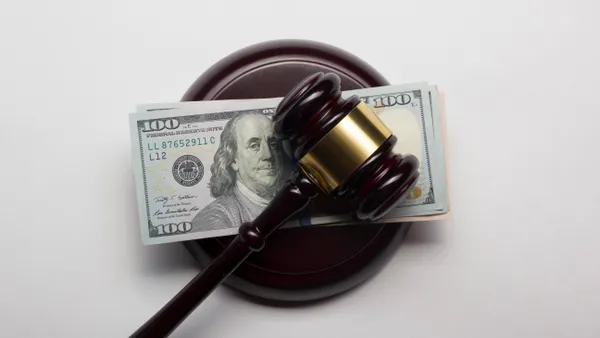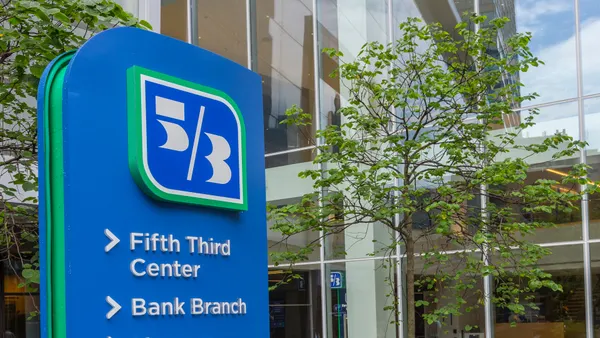Consumer spending surged in Q3, with U.S. retail sales growing for the sixth straight month in September. At the same time, consumer debt continues to build up as shoppers buy everything from apparel to automobiles.
That accumulating debt presents a significant challenge for creditors. Bogged down by heavy financial burdens, consumers nationwide are now making late payments — and often, no payments at all — on their credit cards and “buy now, pay later” (BNPL) plans. These unpaid debts, which are likely to balloon after the holiday shopping season, erode the bottom line.
To remain healthy, creditors must recoup those funds.
That’s no easy task. Creditors need to carefully balance the recovery of outstanding payments with preserving strong customer relations. And once an account goes into collections, that becomes especially nuanced as customers frequently feel sensitive or embarrassed about their money troubles. In addition, breakage (i.e. losing loyalty) is high at this stage and thus even more reason to navigate with empathy.
When handled with care, the collections process provides a prime opportunity to strengthen customer loyalty and boost revenue. Efficient, empathic, flexible and customer-centered debt collection brings multiple wins: consumers free themselves from the burden of debt, creditors get the payments they're entitled to receive, and the entire process can preserve and even enhance a brand’s image.
If handled clumsily, there are often far-reaching negative consequences. Disgruntled consumers can broadcast what they perceive as intimidating or insensitive collections practices on social media, tell friends and family about upsetting experiences, and report issues to agencies such as the Consumer Financial Protection Bureau.
These scenarios not only tarnish a creditor’s brand but can also dissuade the consumer and others from using the creditor to help pay for goods and services in the future. In fact, customers unhappy with their most recent interaction with a brand said they are 28% less likely to remain or repurchase with the brand compared with consumers who hadn’t been contacted at all, according to our Teleperformance Business Insights Lab's Global Survey.
On the flip side, our research shows that a positive experience can amplify sales, with more than one-third saying they are willing to pay more for a product or service if it comes with better customer service.
With the holiday shopping season upon us, it’s vital for creditors to strategize about how to handle the expected uptick in unpaid debts. They need a customer-centric plan that gets results.
To achieve that, creditors are increasingly working with partners that use artificial intelligence and other technological innovations to deploy courteous, customized and predictive debt collection processes that adhere to regulatory compliance, manage risks and bolster revenue.
Consumers expect more personalized communications and services in all aspects of the shopping process. This includes debt collections. Technical advances help creditors to deliver on that expectation.
Digital business service companies like Teleperformance can design and deploy relevant customer communications, as well as create repayment plan options tailored to individuals. They also offer multiple ways to connect with customers who owe money, allowing customers to use their preferred channel – such as text, email, chatbot, or WhatsApp – to communicate and resolve payment issues.
It's crucial to provide these types of platform choices. In fact, our Teleperformance Business Insights Lab's research has found that customers who are satisfied with a brand’s contact options are 37% more loyal than those who are not.
Skilled digital service companies can also analyze a customer’s historical data and use that information to build rapport. This type of engagement leads to non-confrontational, collaborative solutions and, in turn, more repayments.
For instance, a U.S.-based retailer that recently worked with Teleperformance achieved a 30% increase in collections revenue for their bank-issued credit card by using AI and machine learning to determine its customers' preferred communication methods and likelihood of payment.
Companies that integrate strategic, technology-informed collections processes into their consumer experience strategy can not only reap benefits in the short term but also unlock long-term opportunities for a more predictable cash flow and better customer experiences overall.
Technology advances are a game changer in the debt collection world. But they must be deployed in tandem with experienced agents who use human empathy and care to protect the consumer experience. It’s vital that these emerging technologies be used ethically, with consumer privacy and regulatory compliance paramount. For success, the solutions must adhere to privacy and consumer protection regulations while reaching highly targeted audiences. That may sound like a challenge, but it can be done. An experienced debt collections firm who understands customer experience as its foundation can guide creditors on this journey and make emphatic, effective, revenue-enhancing debt collection commonplace.










